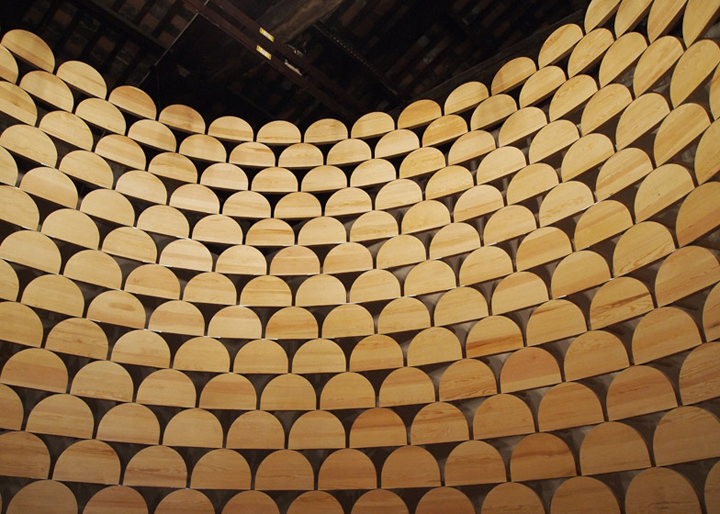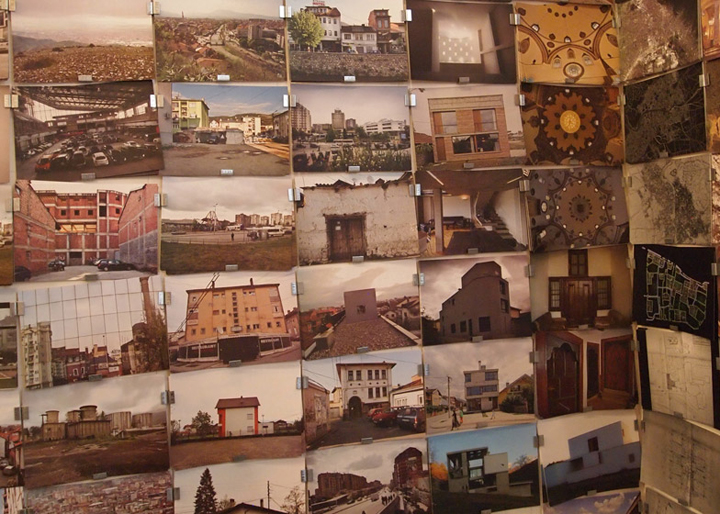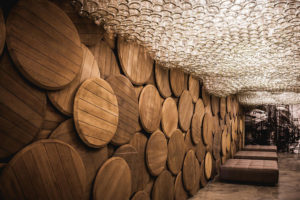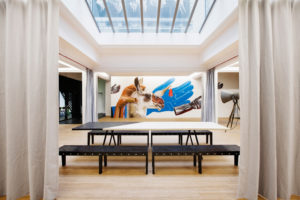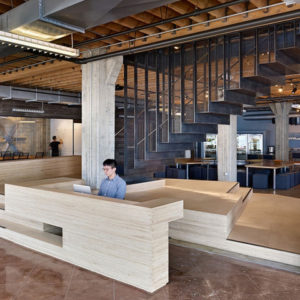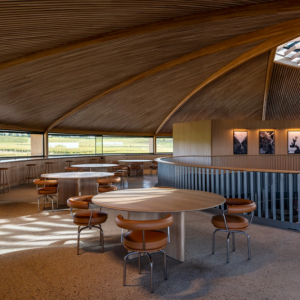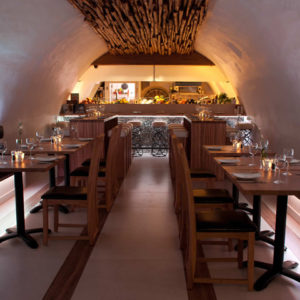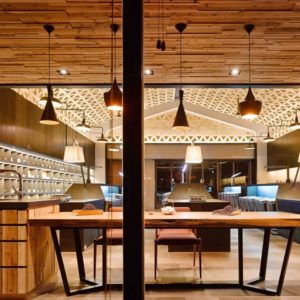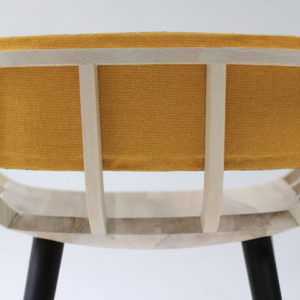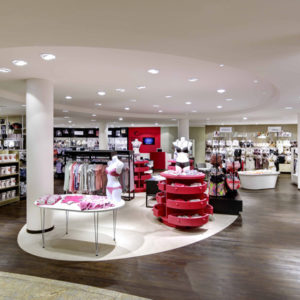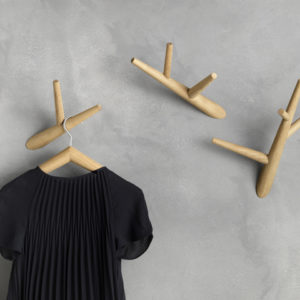
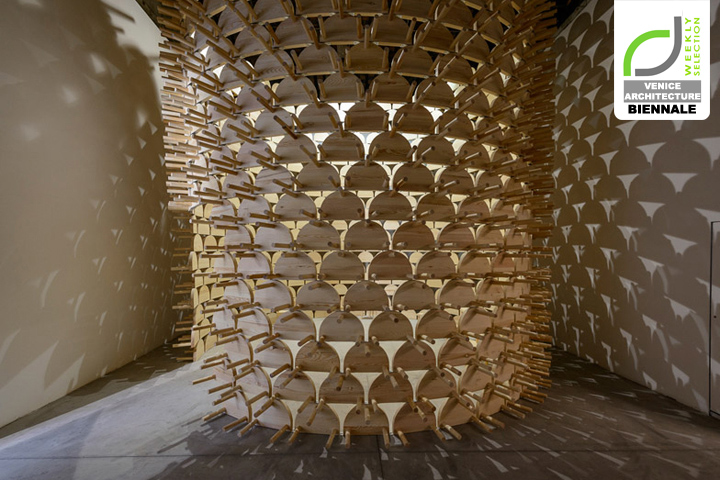

The Kosovo Pavilion is located at the Arsenale, as part of the 14th Venice Architecture Biennale. Visitors to Kosovo’s exhibition at the Venice Biennale can walk inside a spiky circular tower built from 692 wooden stools . Prompted by the Absorbing Modernity theme set by biennale director Rem Koolhaas – asking national pavilions to address the last 100 years in architecture – curator Gëzim Paçarizi focussed on how Modernism can be associated with Kosovos’s political upheaval.

Entitled Visibility: Imposed Modernity, the exhibition looks at how the move from an autonomous and democratic order towards a more centralised form of government at the start of the 20th century was responsible for the destruction of neighbourhoods, making room for large modern structures. “That’s why Kosovo has never absorbed modernity. Modernity has been a synonym of destruction and foreign aesthetics,” said Paçarizi.

The exhibition centres around the spiky tower. This is built from “shkambis” – traditional wooden stools that have been in use in Kosovo for over 10,000 years. “The tower aims to creates relation between the past and the present, by making architecture from the oldest and simplest furniture element,” said Paçarizi.
This is accompanied by a wall of 360 postcards. Each one shows a different image on the front and back – presenting buildings and spaces both as they were and as they are now. “The old parts of the cities are disappearing every day and this exhibition is a cry to help preserve what is left,” added Paçarizi.
